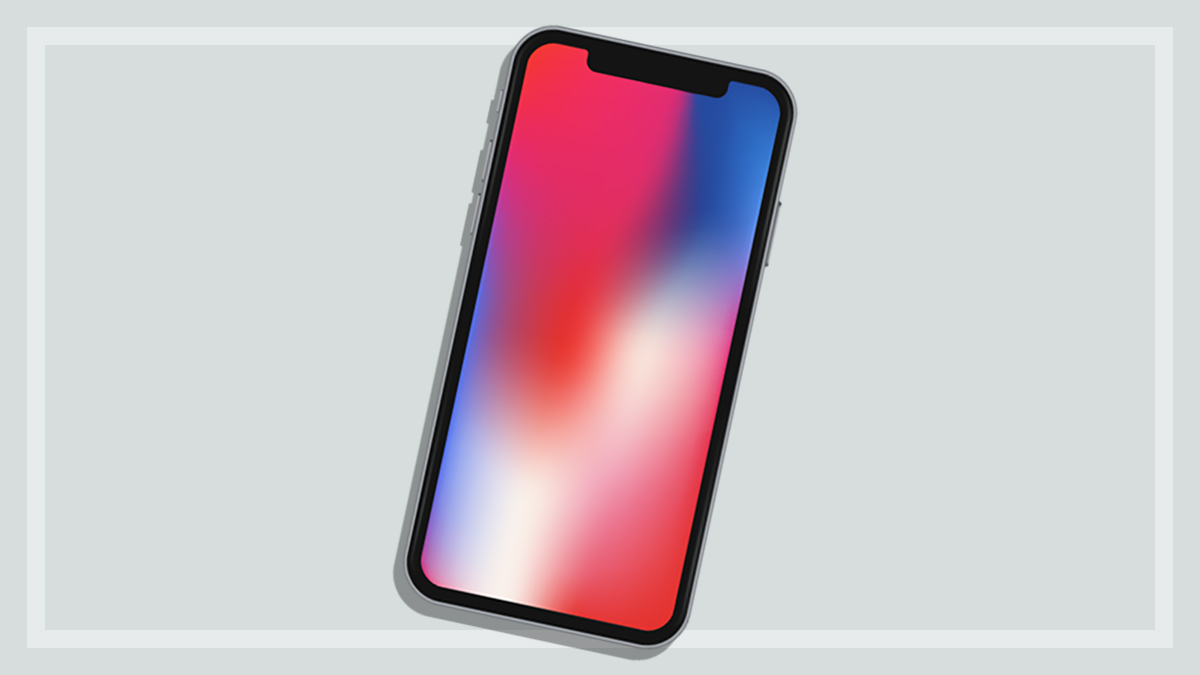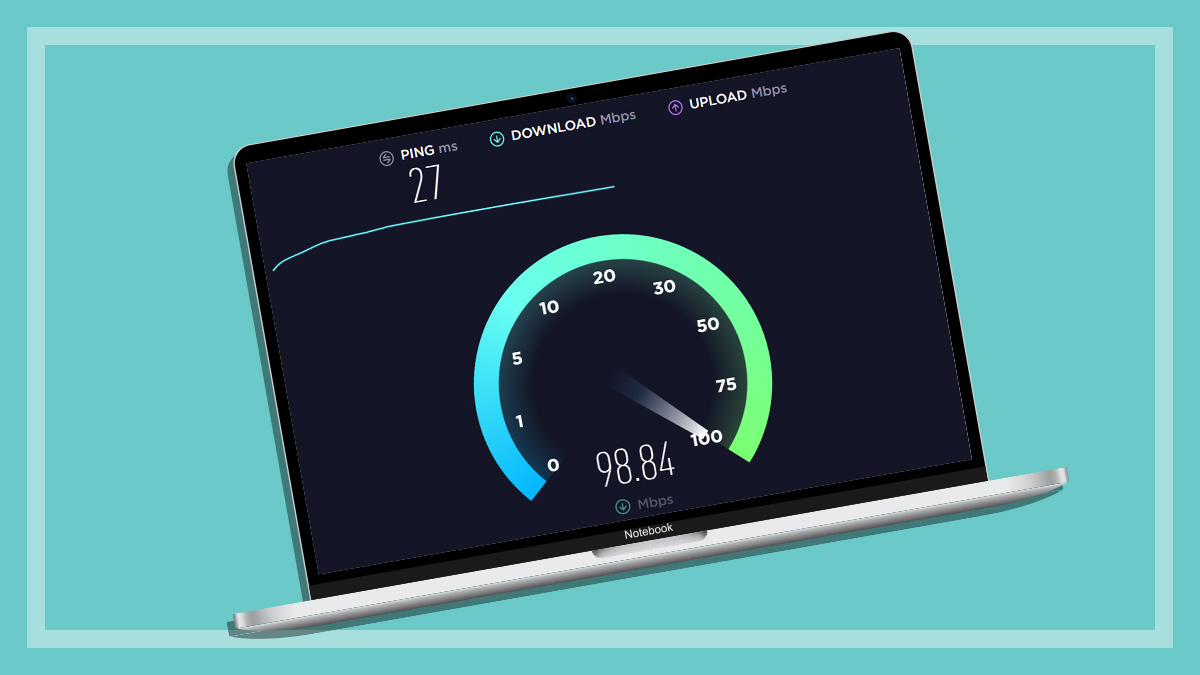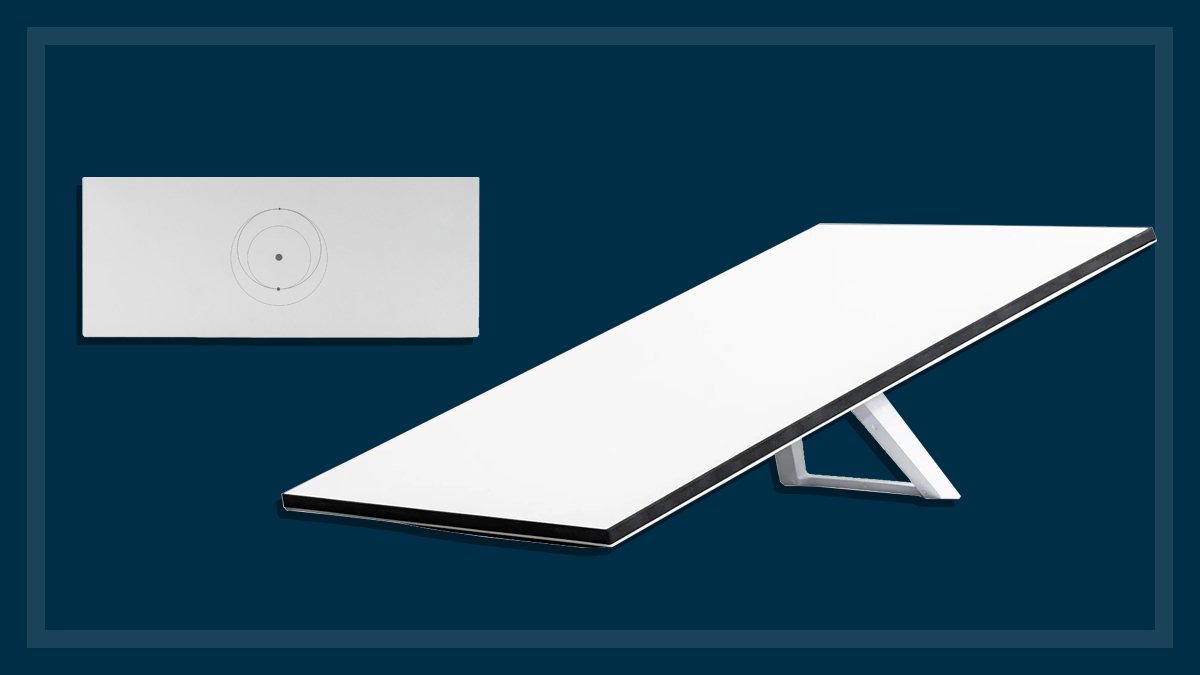Get our independent lab tests, expert reviews and honest advice.
How much is the telco customer service runaround costing us?

Need to know
- ACCAN research reveals that long customer service wait times are costing us $1,069,709,046 a year
- Our telco satisfaction survey reveals that Australia’s biggest telcos offer some of the worst customer service
- We show you the best way to contact your telco and get your issue resolved
Are you one of the many consumers who’s spent way too much time on the phone trying to get an internet or mobile phone problem fixed?
Did you ever wonder how much those all those hours have cost you?
It’s a hard thing to calculate – but time, as they say, is money.
And after all, the telcos themselves effectively base their rates on how much time you spend online or on the phone talking or texting, with the meter running as you burn through your data allowance.
So the question is: why are telcos wasting so much of your time (and money) when you try to get them to provide what you’re actually paying for?
The issue seems to be one of customer service.
Telco customer service ‘horrible’, ‘pathetic’ and ‘appalling’
Responding to our recent telco customer satisfaction survey, for instance, one consumer, James, describes Optus’s customer service as “horrible”.
Another, Kerry, went even further, saying Telstra mobile has “the worst customer service ever”.
And Telstra’s customer service for internet customers is “pathetic”, in the word of another respondent.
Another unhappy customer tells us that the internet service provider (ISP) Dodo has “rude customer service staff that don’t address your concerns and brush you off”.
Another says Virgin Mobile’s customer service “sucks”, adding that you “have to sing and dance to get the right help”.
Among the 2008 people we surveyed, many expressed dissatisfaction with their telco’s customer service
And the word “horrible” came up again in one respondent’s description of iiNet’s customer service.
Margaret called Kogan’s customer service for internet and mobile “appalling”.
“Unhelpful and rude” is how another respondent described Vodafone mobile’s customer service team.
Among the 2008 people we surveyed earlier this year, many expressed dissatisfaction with their telco’s customer service.
The largest proportion of respondents were customers of Telstra, a behemoth whose low customer service marks are especially troubling considering it has the biggest market share (although Optus, which also received low customer service marks, has consistently topped the list of complaints to the Telecommunications Industry Ombudsman in recent months).
Overall, 12% of our survey takers reported long wait times for their ISP’s customer service. (For NBN connections, seven percent reported long wait times.)

Putting a price on the telco runaround
Earlier this year, the Australian Communications Consumer Action Network (ACCAN) commissioned Synergies Economics Consulting to find out just how much the customer service runaround is costing us all.
But how to put a price on it?
Researchers turned to the Australian Transport Assessment and Planning Guidelines, which lays out best practice methods for determining the value of time that doesn’t have an established market price.
When people are driving, their time is worth an average of $13.70 an hour (the officially accepted figure in the transport sector, based on the value of the dollar in 2018).
Customers are spending days trying to sort out very straightforward things like changing a plan, updating contact details, and general account inquiries
ACCAN CEO Teresa Corbin
Part of the reasoning behind the calculation is lost economic opportunity. Car trips cost you more when they take longer because you’re prevented from doing other economically gainful things.
In the case of roads, the more indirect and congested the route, the higher the price per hour.
Applying this principle to telco customer wait times, the researchers broke it down into two components:
- waiting on the phone the first time around
- being handed around to different customer service departments (and generally having to wait and then explain your problem all over again).
If it takes 30 minutes to resolve your telco issue (including initial wait time, explaining the problem, being handed off to another department, waiting some more, and then explaining the problem all over again), your time would be valued at between $8.75 and $10.28, the researchers determined.
ACCAN then looked at 2017–18 stats from the telco regulator, the Australian Communications and Media Authority (ACMA). These stats say that 88 million customer service enquiries were made to the five largest telcos over the 12 months, 80% of which (70,400,000) were by phone.
ACCAN factored in a call abandonment rate of 15% – another ACMA statistic – bringing the total number down to 59,840,000.
Turning to earlier research about the average amount of time it takes telco customers to resolve an issue (3.4 hours) and the average number of calls it takes (2.6), ACCAN crunched the numbers and came up with $1,069,709,046.
In other words, it costs Australians more than a billion dollars a year to resolve telco issues.
At 2.6 calls per issue, each issue would cost $46.50 to resolve.
Too much time, too much effort
This latest research project was a follow-up to a customer service report (‘Can you hear me?’) ACCAN released in July last year. According to the report, it takes customers an average of 13 days to resolve a telco problem, with some problems taking as long as two months.
Customers … are experiencing loss and disruption by spending far too long trying to resolve issues
ACCAN CEO Teresa Corbin
“Poor customer service by the industry shifts costs from providers to their customers, who are experiencing loss and disruption by spending far too long trying to resolve issues,” said ACCAN CEO Teresa Corbin at the time.
“We found customers are spending days trying to sort out very straightforward things like changing a plan, updating contact details, and general account inquiries.
“This is not acceptable. It’s time to shift the balance back from telcos to customers so that customers are not carrying such heavy costs to maintain their essential telecommunications services.”
Who’s got the worst ISP customer service?
Our telco satisfaction survey cast a light on the industry’s customer service performance.
- Telstra and Optus are the first- and second-most popular ISPs in Australia, but iiNet and TPG (third- and fourth-most popular) had better customer service scores.
- Australia’s eighth-most popular ISP, Internode, had the best customer service scores.
- For NBN connections, TPG and iiNet had significantly better customer service scores than Telstra and Optus.
What’s the quickest way to get a telco problem fixed?*
- Complaining in person at your telco’s shop – average of eight days to resolve your issue.
- Social media contact – average of 15.5 days.
- Online chat with the telco – average of 19.6 days.
- By phone – average of 23.3 days.
- By email – average of 30 days.
*SOURCE: Australian Communications Consumer Action Network






